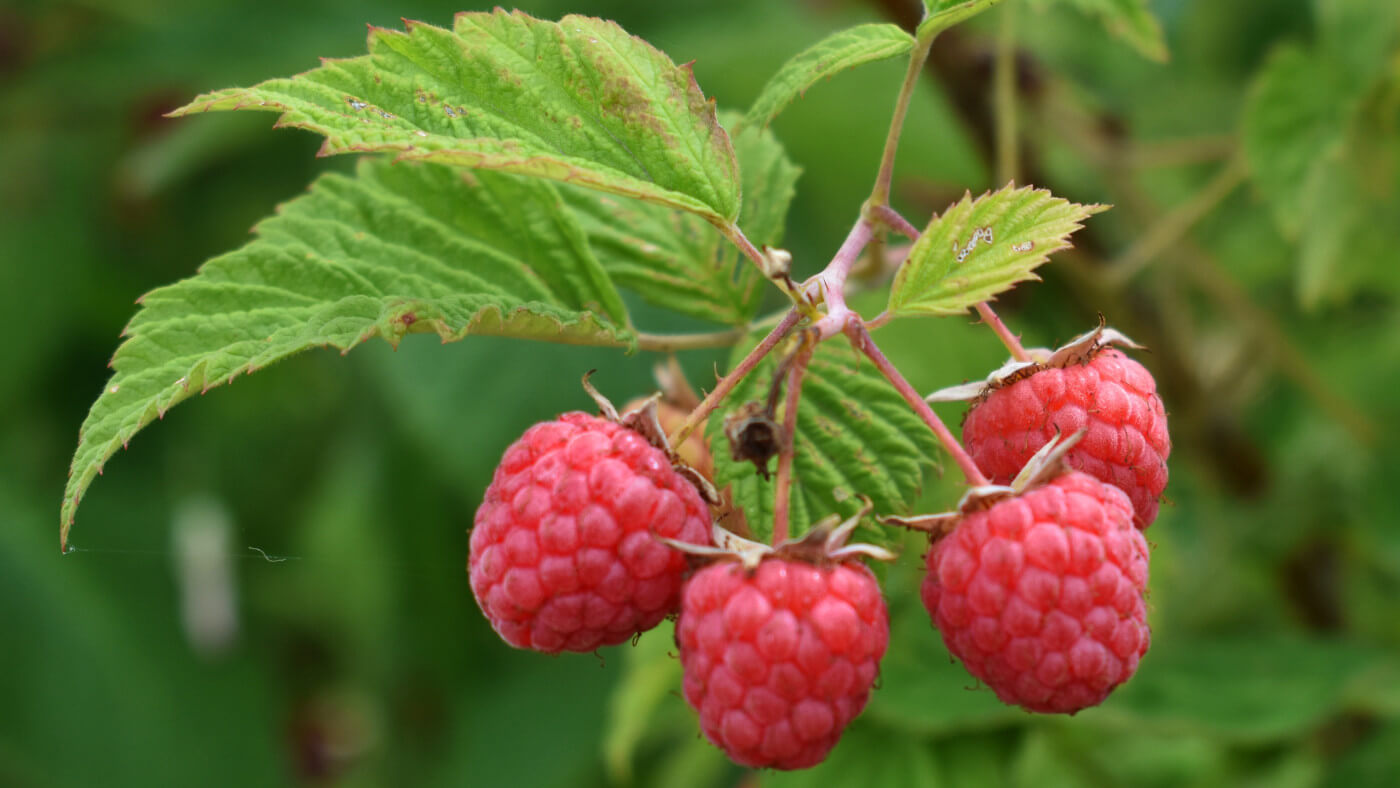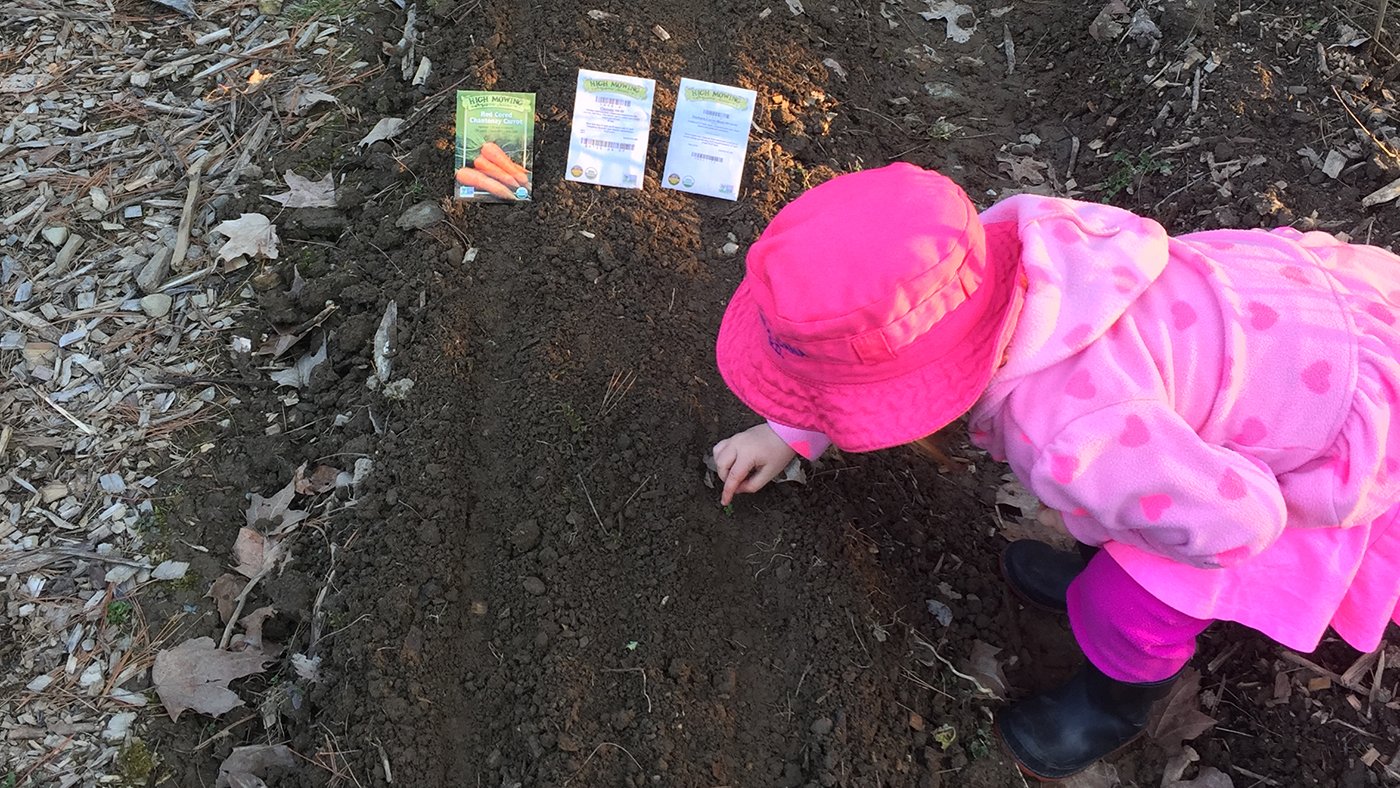
Growing Berry Plants at Home in Vermont
Having your very own freshly harvested fruit is an obvious benefit of growing berry plants at home in Vermont. Home-grown food has a smaller carbon footprint than any transported across the country, even around New England and within Vermont. It’s also an opportunity to grow fruit species not commonly found in nearby grocery stores.
Selecting Plants
While it’s fun to plan your selections around fruit you want to eat, it’s important to consider your site and soil first as you decide what to grow. An excellent example are traditional and delicious blueberries. Although not impossible to grow in Vermont, they require much more effort to grow in heavy, less acidic Champlain Valley soils. Selecting species that thrive locally makes growing fruit easier and more sustainable.
Pollination Needs
Many fruit species require at least two plants to produce berries, sometimes of different cultivars, so it is vital to consider pollination needs. Many varieties are considered to be self-fertile; however, most self-fertile plants will almost always bear more fruit when more than one are planted. Ask your local nursery for help if you’re not sure how many plants you need.
Strawberries
Everbearing, Summer Bearing, June Bearing
Usually terms other than 'everbearing' indicate a timely seasonality to when the plant fruits. June-bearing strawberries produce heavy crops early and don’t fruit much after. Whereas, everbearing varieties fruit some early in the season and again a few months later.
If you want larger harvests at once to preserve or freeze, choosing seasonal-bearing varieties can be beneficial and make hauling the canning equipment out worthwhile. If you don’t have the time to manage large crops, or you want to snack all season long, everbearing types might be better.
Plant Spacing Example Graphic
Plant Spacing
Plant spacing should be thoroughly considered because it affects pollination, care, and harvesting. If plants are too far away from each other, they may not be pollinated effectively. If they are spaced too closely, mowing around plants and picking will be inconvenient. Learn about the spread of plants and plan their placement accordingly considering your foot paths, mowing areas, and how you’ll be picking. Planting berry bushes in raised beds is not recommended. Growing them in the ground ensures their roots are better insulated from Vermont’s cold winter temperatures.
Pruning & Care
Proper pruning helps maintain the health of a plant by encouraging strong structure, good air flow, and better disease resistance. All of these lead to better harvests over time. Whether or not a plant is everbearing can also influence pruning timing. As you’re narrowing down the berry plants you want, be sure to learn about their pruning needs too.
Blackberries
Our Favorites
Horsford’s grows a unique array of berry species each season. Currant and elderberry add a special touch to recipes since they are not usually found in grocery stores. They can be used as natural food dyes and flavoring syrups. Small but mighty strawberry plants yield big rewards for their size. Finally, we appreciate raspberry and blackberry, two reliable fruits requiring minimal soil amendment that you can find growing happily on their own around Addison and Chittenden counties.





